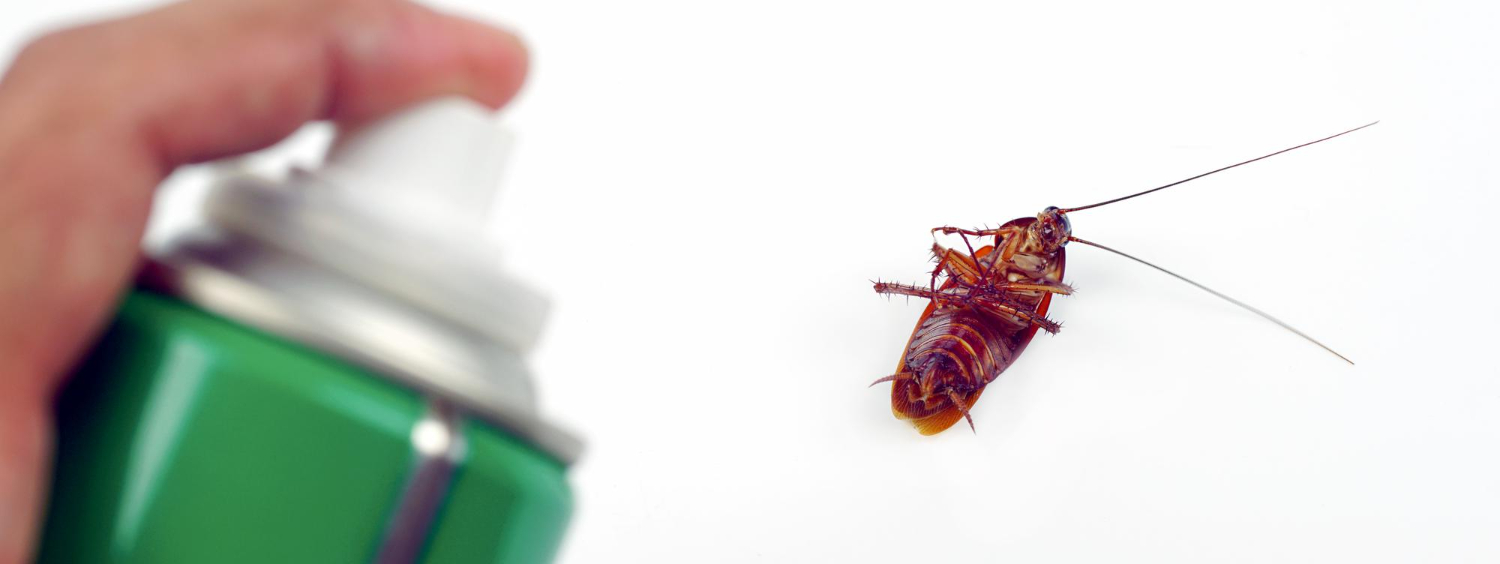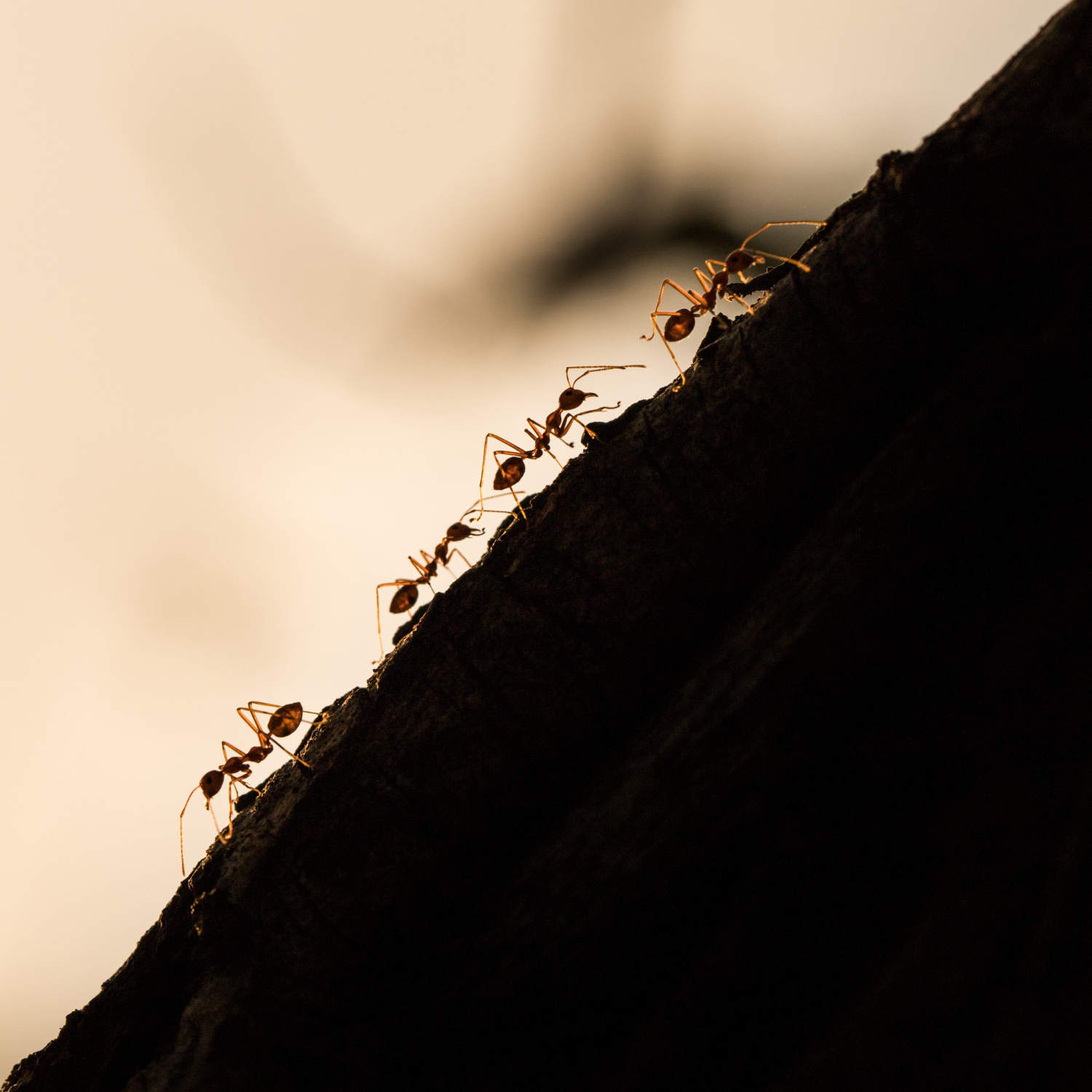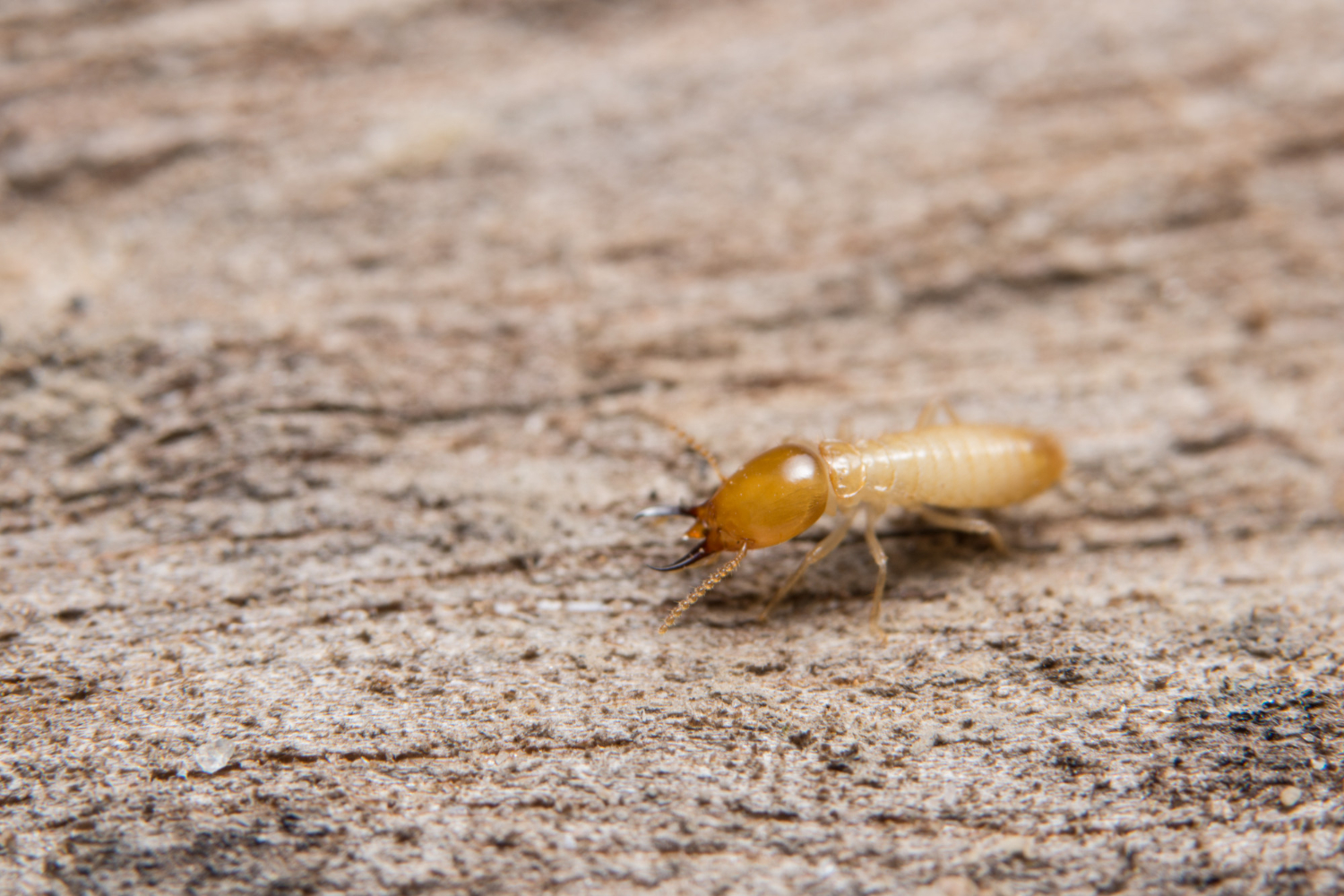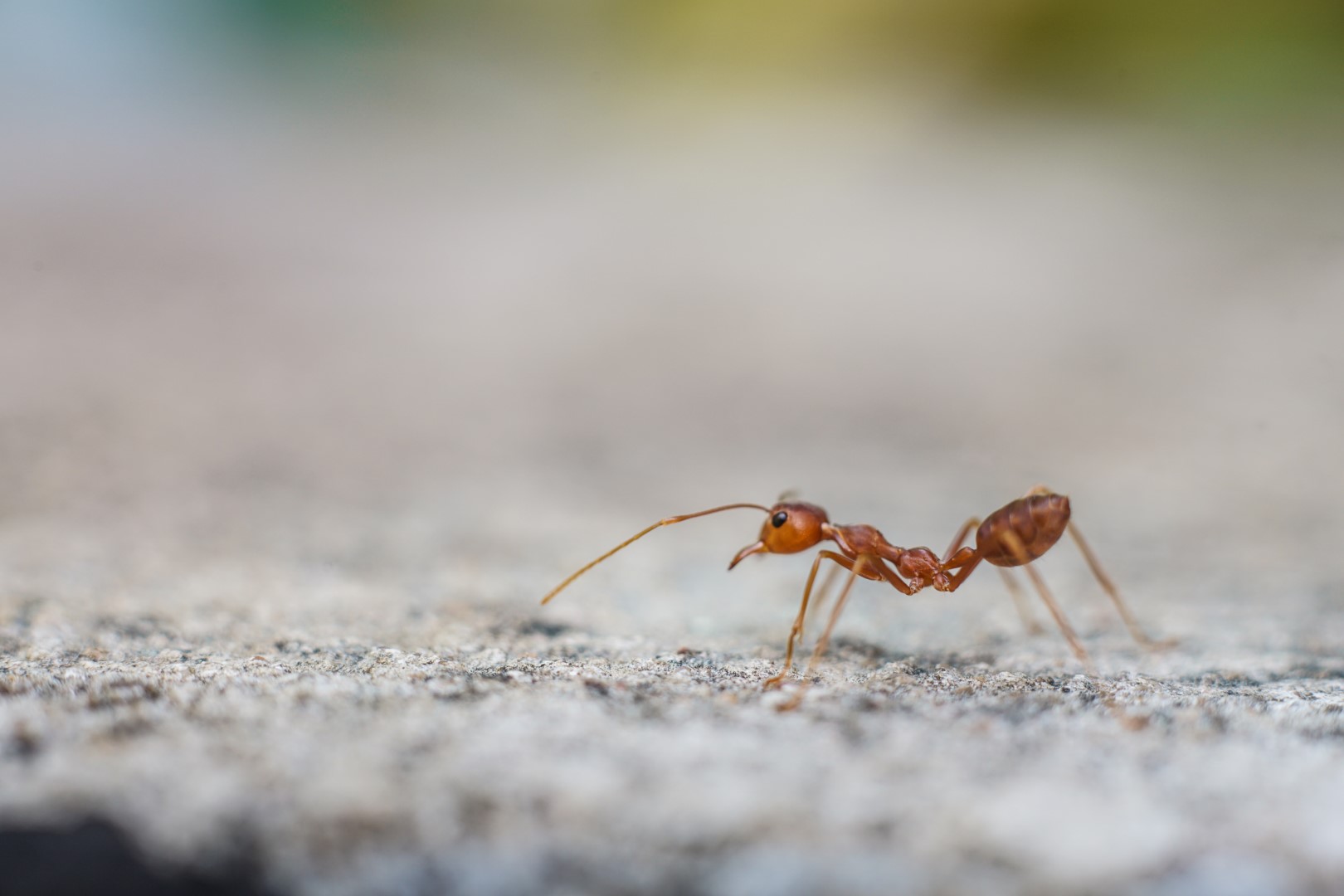Termites can be very destructive. They are responsible for nearly half of all buildings in Queensland suffering structural damage over the building’s expected service life.
There are different types of Subterranean Termite Soil Barrier treatments which are commonly relied upon to stop termites entering a building. The methods of installing these “chemical motes” have evolved over time, starting out in Australia in the 50′s.
A few only of clients of mine recall a Mr Streets, who apparently used a second hand petrol tanker to pump hundreds of gallons ( everything was gallons in those days) of liquid arsenic on prepared bedding sand before the house or building slab was formed.
This practice from what I can establish, also occurred in Sydney, NSW and carried on at least until the late 60′s? And was aptly called SOIL POISONONG.
So, here we are back in 2013..so much has changed!
For example, Liquid Arsenic termite soil poisoning was banned last century.Today I am missing out on lots of registered termiticides between 1970 and this day and exploring one of the current modern termiticides, PREMISE 200 SC Termiticide.
The active ingredient, IMADACLOPRID has a unique mode of action which utilises nature including in the following ways..
When termites enter the Premise “Treated Zone”, they cease feeding on wood, becoming disorientated ceasing grooming each other and neglect their environment. Consequently fungus and micro-organisms in the soil begin to take their toll the termites become fatally diseased and die.
My own experience using PREMISE 200SC on different (sometimes very difficult) sites in the Brisbane area over the last 10 or so years has been mainly taking comfort in the fact that, once completed, a Premise Soil Barrier is proven to eliminate most types of termites to the treated structure and at the same time having been able to use a product that has low toxicity to my client’s, their pets and wildlife. More later…




